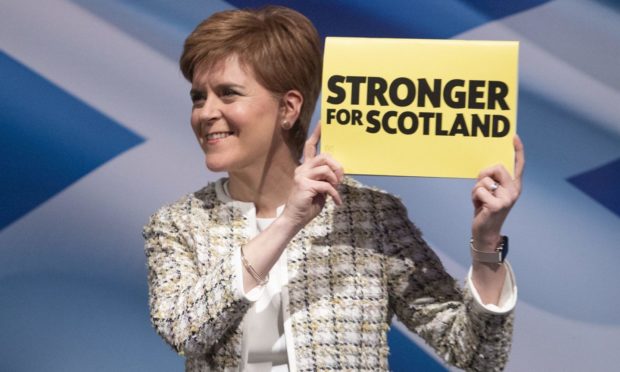It’s officially Scottish election manifesto season and you can guarantee party leaders and communications officers are currently agonising over every word of 2021 statements.
But what do the past manifestos tell us about the motivations of each party?
We took a look at all of the main party manifestos going back to 1999 and using text analysis, we extracted and analysed the frequency of word usage and how it has changed over time.
Firstly – how patriotic is each party? We looked at how many times each party mentioned Scotland.
The SNP had the most uses of the word in 2011 with more than 400 mentions, however both Labour and the Greens had slightly more home country mentions in 2016.
Given the events of the last year, it’s probably a safe bet that health will be a big focus in the 2021 promises. Who has been most interested in health in the past?
The chart below looks at mentions of “health” or “NHS” and shows that for the last few years, the SNP has mentioned it the most.
We also looked at other key policy areas – education, business, transport and housing. Both the Greens and Lib Dems had the most mentions of education in 2016, with the Conservatives showing the lowest number of education mentions since 2007.
Unsurprisingly, the Conservatives were in the lead for mentions of “business” in 2016. However, the SNP was snapping at their heels for the next greatest number of times discussed.
For transport, the Lib Dems had the most mentions in 2016, but only just. Whereas for housing, the Greens had significantly more mentions in 2016 than the other parties.
With some parties, there are words you would expect them to use much more frequently than their opponents. For example – you’d expect the Greens to have more mentions of the environment than the other parties. Does the data agree?
Yes, but only slightly. The 2016 Green manifesto had 19 mentions of “environment”. SNP were close behind with 15 and in 2011 the SNP had one more mention than the Greens.
Given the information above, can you predict how many times the Greens used the word “climate” in each manifesto? We’ve started the line off for you.
Another area that you might expect one party to mention significantly more than the others is in the area of independence. Can you guess the trend below?
How did we put together the data?
We downloaded the manifestos from the Harvard Dataverse where they were compiled by Zachary Greene and Fraser McMillan.
Using statistical programming software called R we stripped out words known as ‘stop words’. These are the most commonly used words such as “the”, “is” and “and”.
We also stripped out punctuation and made all words lowercase and then analysed the remaining words to determine the frequency.
More information, including the data and the code we used can be found in our Github repository.

